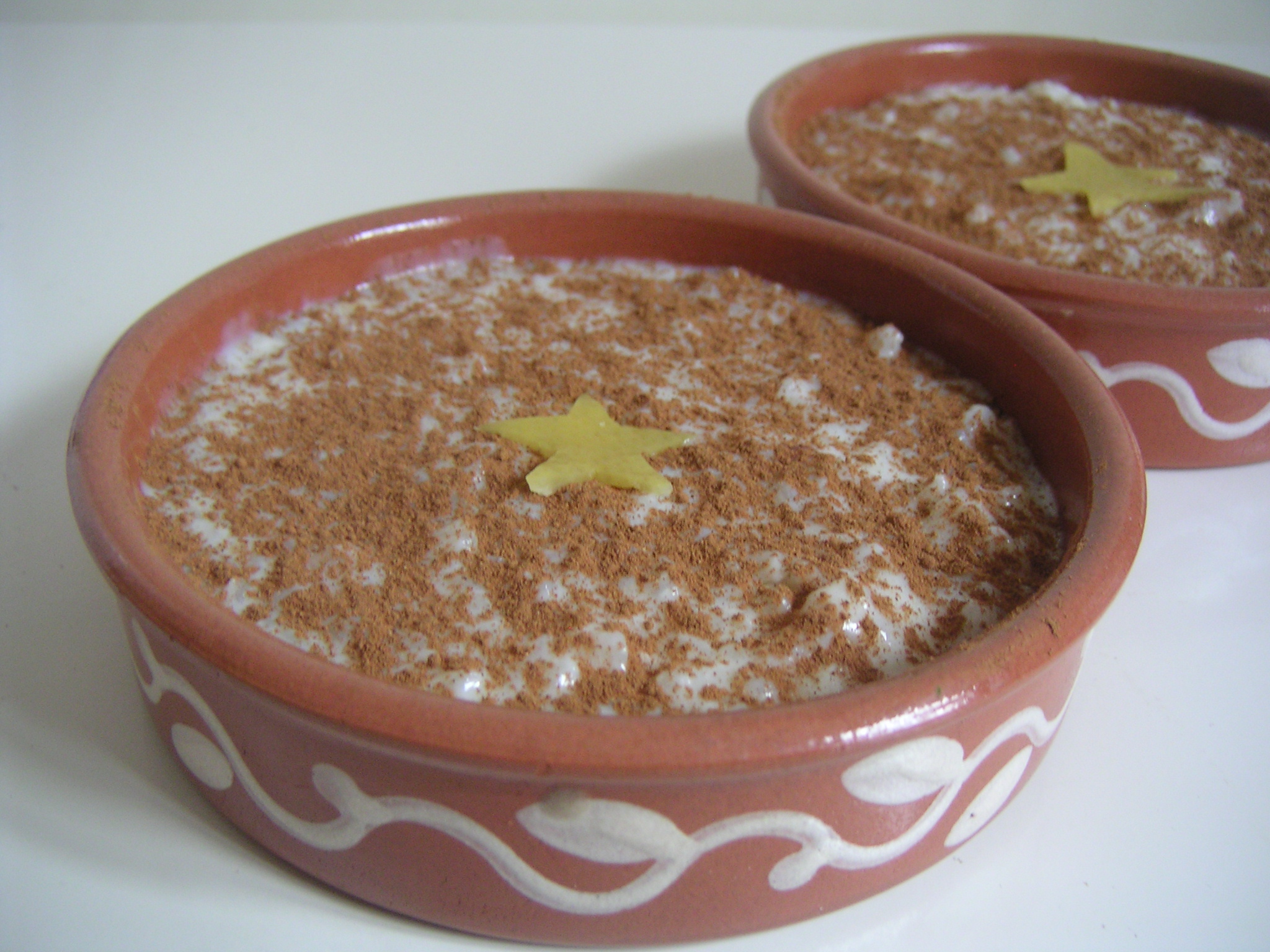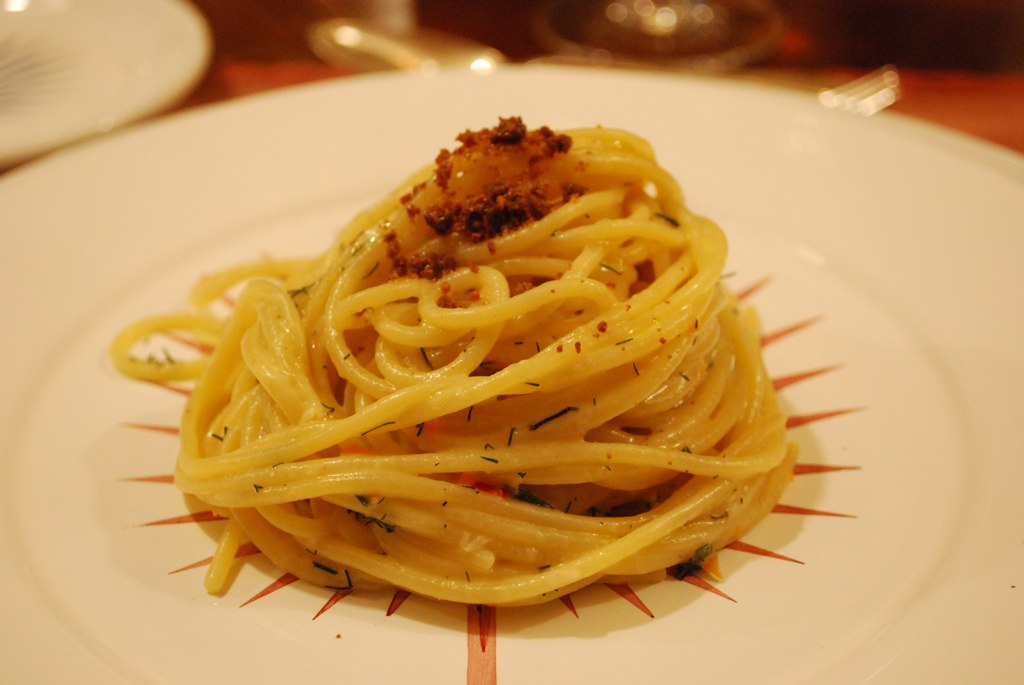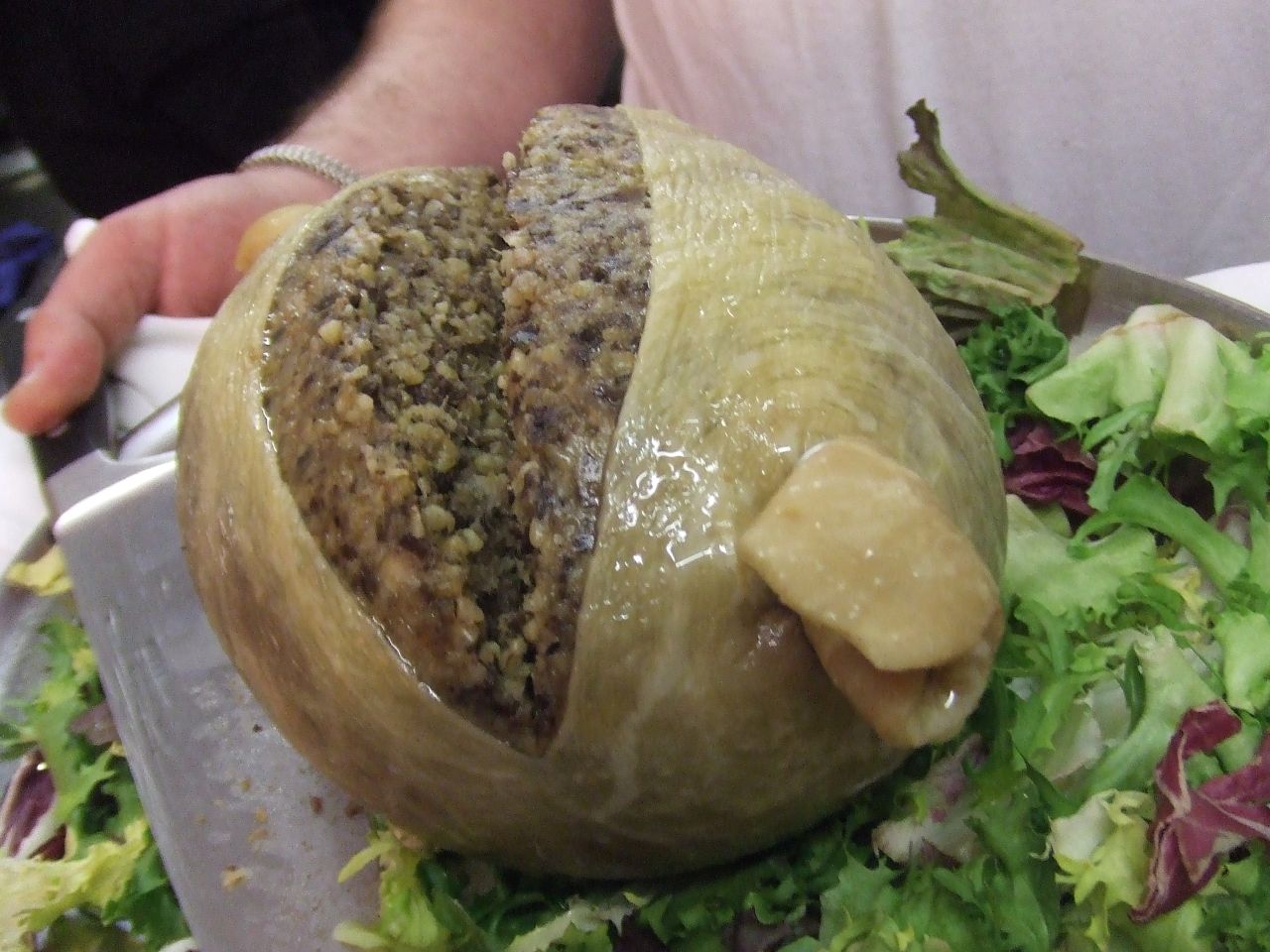|
Kheer
Kheer, also known as payasam, is a sweet dish and a type of wet pudding popular in the Indian subcontinent, usually made by boiling milk, sugar or jaggery, and rice, although rice may be substituted with one of the following: daals, bulgur wheat, millet, tapioca, vermicelli, or sweet corn. It is typically flavoured with desiccated coconut, cardamom, raisins, saffron, cashews, pistachios, almonds, or other dry fruits and nuts, and recently pseudograins are also gaining popularity. It is typically served as a dessert. Etymology The word ''kheer'' is derived from the Sanskrit word for milk, ''ksheer'' (क्षीर). Kheer is also the archaic name for sweet rice pudding. Origin Kheer was a part of the ancient Indian diet. According to the food historian K. T. Achaya, kheer or ''payas'', as it is known in southern India, was a popular dish in ancient India. First mentioned in ancient Indian literature, it was a mixture of rice, milk and sugar, a formula that has endured fo ... [...More Info...] [...Related Items...] OR: [Wikipedia] [Google] [Baidu] |
Rice Pudding
Rice pudding is a dish made from rice mixed with water or milk and other ingredients such as cinnamon, vanilla and raisins. Variants are used for either desserts or dinners. When used as a dessert, it is commonly combined with a sweetener such as sugar. Such desserts are found on many continents, especially Asia where rice is a staple. Some variants are thickened only with the rice starch; others include eggs, making them a kind of custard. Rice pudding around the world Rice puddings are found in nearly every area of the world. Recipes can greatly vary even within a single country. The dessert can be boiled or baked. Different types of pudding vary depending on preparation methods and the selected ingredients. The following ingredients are usually found in rice puddings: * rice; white rice (usually short-grain, but can also be long-grain, broken rice, basmati, or jasmine rice), brown rice, or black rice * milk ( whole milk, coconut milk, cream or evaporated) * spices (card ... [...More Info...] [...Related Items...] OR: [Wikipedia] [Google] [Baidu] |
Vermicelli
Vermicelli (; , , also , ) is a traditional type of pasta round in section similar to spaghetti. In English-speaking regions it is usually thinner than spaghetti, while in Italy it is typically thicker. The term ''vermicelli'' is also used to describe various types of thin noodles from Asia. In Vietnam vermicelli is the same as angel hair pasta or '' capellini''. Thickness comparison As defined in Italy: In the United States, the National Pasta Association (which has no links with its Italian counterpart, the Unione Industriali Pastai Italiani) lists vermicelli as a thinner type of spaghetti. The Code of Federal Regulations of the United States of America defines "spaghetti" and "vermicelli" by diameter: History In 14th-century Italy, long pasta shapes had varying local names. Barnabas de Reatinis of Reggio notes in his ''Compendium de naturis et proprietatibus alimentorum'' (1338) that the Tuscan ''vermicelli'' are called ''orati'' in Bologna, ''minutelli'' in Venic ... [...More Info...] [...Related Items...] OR: [Wikipedia] [Google] [Baidu] |
Tapioca
Tapioca (; ) is a starch extracted from the storage roots of the cassava plant (''Manihot esculenta,'' also known as manioc), a species native to the North and Northeast regions of Brazil, but whose use is now spread throughout South America. It is a perennial shrub adapted to the hot conditions of tropical lowlands. Cassava copes better with poor soils than many other food plants. Tapioca is a staple food for millions of people in tropical countries. It provides only carbohydrate food value, and is low in protein, vitamins and minerals. In other countries, it is used as a thickening agent in various manufactured foods. Etymology and origin ''Tapioca'' is derived from the word ''tipi'óka'', its name in the Tupi language spoken by natives when the Portuguese first arrived in the Northeast Region of Brazil around 1500. This Tupi word is translated as 'sediment' or 'coagulant' and refers to the curd-like starch sediment that is obtained in the extraction process. Production ... [...More Info...] [...Related Items...] OR: [Wikipedia] [Google] [Baidu] |
Ksheer
Ksheer is a Sanskrit word for milk. Ksheer is also the archaic name for sweet rice pudding, kheer. Ksheer is used and perceived differently from normal milk, which is commonly known as Dugdha in Sanskrit. Ksheer is variably used for any liquid or watery substance as well. Ksheer is also used in Hindu mythology and cosmogony to describe the universal ether, Ksheer sagar. Usage in popular culture * Kheer * Sheer khurma * Ksheer-sagar or milk ocean in Samudra Manthan * Sheera as a sweet porridge, alternatively known as Halva. * Sheermal * Shirodhara, as an Ayurvedic therapy. * Ksheer, brand name of dairy products produced by DS Group.http://www.experienceproject.com/stories/Am-Welcoming-You-To-Kik-Culinary-Corner-And-History-Of-Some/297089 * Ksirodakasayi Vishnu, expanded form of Vishnu, residing in Ksheer Sagar. Related Links * Ocean of Milk In Hindu cosmology, the Ocean of Milk (',', ''Malayalam: Pālāḻi'') is the fifth from the centre of the seven oceans. It surrounds ... [...More Info...] [...Related Items...] OR: [Wikipedia] [Google] [Baidu] |
Pudding
Pudding is a type of food. It can be either a dessert or a savoury (salty or spicy) dish served as part of the main meal. In the United States, ''pudding'' means a sweet, milk-based dessert similar in consistency to egg-based custards, instant custards or a mousse, often commercially set using cornstarch, gelatin or similar coagulating agent such as Jell-O. The modern American meaning of pudding as dessert has evolved from the original almost exclusive use of the term to describe savoury dishes, specifically those created using a process similar to that used for sausages, in which meat and other ingredients in mostly liquid form are encased and then steamed or boiled to set the contents. In the United Kingdom and some of the Commonwealth countries, the word ''pudding'' is used to describe sweet and savoury dishes. Savoury puddings include Yorkshire pudding, black pudding, suet pudding and steak and kidney pudding. Unless qualified, however, pudding usually means ... [...More Info...] [...Related Items...] OR: [Wikipedia] [Google] [Baidu] |
Bulgur Wheat
Bulgur (from tr, bulgur, itself from fa, بلغور, bolġur (bolghur)/balġur (balghur), groats ), also riffoth (from biblical he, ריפות, riffoth) and burghul (from ar, برغل, burġul ), is a cracked wheat dish found in West Asian cuisine. Characteristics Bulgur is sometimes confused with cracked wheat, which is crushed wheat grain that, unlike bulgur, has not been parboiled. Bulgur is a common ingredient in cuisines of many countries of the West Asian cuisine and Mediterranean Basin. It has a light, nutty flavor. Bulgur is recognized as a whole grain by the United States Department of Agriculture. Composition and nutrition Cooked bulgur is 78% water, 19% carbohydrates, 3% protein, and contains negligible fat (table). A 100 gram (3.5 oz) reference serving supplies 83 calories, with no micronutrients in appreciable amounts of the Daily Value (table). Culinary uses Bulgur does not require cooking, although it can be included in cooked dishes; ... [...More Info...] [...Related Items...] OR: [Wikipedia] [Google] [Baidu] |
Indian Subcontinent
The Indian subcontinent is a physiographical region in Southern Asia. It is situated on the Indian Plate, projecting southwards into the Indian Ocean from the Himalayas. Geopolitically, it includes the countries of Bangladesh, Bhutan, India, Maldives, Nepal, Pakistan, and Sri Lanka."Indian subcontinent". '' New Oxford Dictionary of English'' () New York: Oxford University Press, 2001; p. 929: "the part of Asia south of the Himalayas which forms a peninsula extending into the Indian Ocean, between the Arabian Sea and the Bay of Bengal. Historically forming the whole territory of Greater India, the region is now divided into three countries named Bangladesh, India and Pakistan." The terms ''Indian subcontinent'' and ''South Asia'' are often used interchangeably to denote the region, although the geopolitical term of South Asia frequently includes Afghanistan, which may otherwise be classified as Central Asian.John McLeod, The history of India', page 1, Greenwood Publishing ... [...More Info...] [...Related Items...] OR: [Wikipedia] [Google] [Baidu] |
Sanskrit
Sanskrit (; attributively , ; nominalization, nominally , , ) is a classical language belonging to the Indo-Aryan languages, Indo-Aryan branch of the Indo-European languages. It arose in South Asia after its predecessor languages had Trans-cultural diffusion, diffused there from the northwest in the late Bronze Age#South Asia, Bronze Age. Sanskrit is the sacred language of Hinduism, the language of classical Hindu philosophy, and of historical texts of Buddhism and Jainism. It was a lingua franca, link language in ancient and medieval South Asia, and upon transmission of Hindu and Buddhist culture to Southeast Asia, East Asia and Central Asia in the early medieval era, it became a language of religion and high culture, and of the political elites in some of these regions. As a result, Sanskrit had a lasting impact on the languages of South Asia, Southeast Asia and East Asia, especially in their formal and learned vocabularies. Sanskrit generally connotes several Indo-Aryan lang ... [...More Info...] [...Related Items...] OR: [Wikipedia] [Google] [Baidu] |
Milk
Milk is a white liquid food produced by the mammary glands of mammals. It is the primary source of nutrition for young mammals (including breastfed human infants) before they are able to digest solid food. Immune factors and immune-modulating components in milk contribute to milk immunity. Early- lactation milk, which is called colostrum, contains antibodies that strengthen the immune system, and thus reduces the risk of many diseases. Milk contains many nutrients, including protein and lactose. As an agricultural product, dairy milk is collected from farm animals. In 2011, dairy farms produced around of milk from 260 million dairy cows. India is the world's largest producer of milk and the leading exporter of skimmed milk powder, but it exports few other milk products. Because there is an ever-increasing demand for dairy products within India, it could eventually become a net importer of dairy products. New Zealand, Germany and the Netherlands are the largest export ... [...More Info...] [...Related Items...] OR: [Wikipedia] [Google] [Baidu] |
Mixed Dry Fruit Kheer - Home - Chandigarh - India - 00011 , a person who is of multiple races
*
*
{{disambiguation ...
Mixed is the past tense of ''mix''. Mixed may refer to: * Mixed (United Kingdom ethnicity category), an ethnicity category that has been used by the United Kingdom's Office for National Statistics since the 1991 Census * ''Mixed'' (album), a compilation album of two avant-garde jazz sessions featuring performances by the Cecil Taylor Unit and the Roswell Rudd Sextet See also * Mix (other) * Mixed breed, an animal whose parents are from different breeds or species * Mixed ethnicity Mixed race people are people of more than one race or ethnicity. A variety of terms have been used both historically and presently for mixed race people in a variety of contexts, including ''multiethnic'', ''polyethnic'', occasionally ''bi-eth ... [...More Info...] [...Related Items...] OR: [Wikipedia] [Google] [Baidu] |
Pseudocereals
A pseudocereal or pseudograin is one of any non-grasses that are used in much the same way as cereals (true cereals are grasses). Pseudocereals can be further distinguished from other non-cereal staple crops (such as potatoes) by their being processed like a cereal: their seed can be ground into flour and otherwise used as a cereal. Prominent examples of pseudocereals include amaranth ( love-lies-bleeding, red amaranth, Prince-of-Wales-feather), quinoa, and buckwheat. Common pseudocereals * Acorn * Amaranth ( Love-lies-bleeding, Red amaranth, Prince-of-Wales-feather) * Breadnut * Buckwheat * Cañahua * Chia * Cockscomb (also called quail grass or soko) * Pitseed goosefoot * Quinoa * Wattleseed (also called ''acacia seed'') Production The following table shows the annual production of some pseudocereals in 1961,1961 is the earliest year for which FAO statistics are available. 2010, 2011, 2012, and 2013 ranked by 2013 production. Other grains that are locally import ... [...More Info...] [...Related Items...] OR: [Wikipedia] [Google] [Baidu] |






.jpg)
